Felix Mendelssohn Bartholdy – His BIOGRAPHY and His PLACES
Felix Mendelssohn Bartholdy a biography in words and pictures.
The places where Mendelssohn worked and the most important people in his life.
Biographical timetable (click to view)
YOUTH IN BERLIN
Two years after Felix’s birth, the grand bourgeois Mendelssohn family moved from Hamburg to Berlin. The reason was the looting and occupation of Hamburg by the French troops.
Felix’s talent was recognized at a young age and he received lessons from his mother, who had an interesting Bach background, as she also enjoyed piano lessons from her mother who had enjoyed lessons from the former Bach student Kirnberger. Felix did not go to a traditional school, but was taught at home in addition to his musical training in piano, violin, and composition. The latter was taught by his important teacher and patron Carl Friedrich Zelter, who was a close friend of Goethe and introduced the 12-year-old Mendelssohn to the poet-prince (see Mendelssohn in Weimar).
That same year, Felix also met Carl Maria von Weber at the premiere of his Freischütz in Berlin.
Mendelssohn performed for the first time in the public as a 9-year-old in a chamber music concert, and two years later he already began an intensive composition activity, among other things composing his first opera “The Two Nephews” at the age of 12!
It became a habit to perform the new compositions of Felix and his talented sister Fanny on Sunday mornings at the Mendelssohn home. These small Sunday morning matinees became regular concerts after the move to the large villa at “Leipziger Strasse 3”, to which the wealthy banquier Mendelssohn regularly “hired” musicians and even entire orchestras to perform the works of his children before an audience of several hundred.For example, the Midsummer Night’s Dream Overture by 17-year-old Felix was performed for the first time there. This building no longer stands; the building of the Federal Council now stands on this site.
Felix’s father planned his son’s career strategically; in addition to the varied music lessons, the family undertook several educational trips, for example to Italy or Switzerland.In 1825 Felix was visiting Paris, where he met Cherubini. His father, who was strategically developing Felix’s career, wanted to know from the critical conservatory director if his son had the potential to be a composer. Mendelssohn played him a composition and the following verdict has survived from Cherubini’s: “This boy is exceptionally talented; he will do well. He has already done well, but he spends too much money on his clothes”.
At the age of 17, Felix attended university, composed a second opera and, at 19, joined the Sing Akademie as a singer. Together with his friend Devrient and against the resistance of the director of the Sing Akademie, he initiated the famous performance of the St. Matthew Passion a little later (see below).
At the age of 20, he left Berlin and embarked on his
first trip to England. He returned to Berlin often in the second half of his life, including as part-time general music director, but the center of his life was to be in Leipzig after several years of travel and his marriage to Cécile. At the age of 38, Mendelssohn died incredibly young and he was buried in the family grave of the Berlin Dreifaltigkeitsriedhof.
Sing Akademie
On March 11, 1829, one of the most far-reaching musical performances in history took place in this building. Twenty-year-old Felix Mendelssohn performed with the Sing-Akademie the St. Matthew Passion by the now almost forgotten Bach, which had not been performed for almost 100 years. This enthusiastically received event triggered a Bach euphoria that continues to this day, 200 years later. Yet Zelter, the director of the Singakademie and Mendelssohn’s teacher, friend and patron, considered the work unperformable and wanted to ban the production. However, Mendelssohn and his friend Devrient managed to successfully stage the monumental work with 200 performers.
Historical painting (1843):
Tomb Dreifaltigkeitsfriedhof (Cemetery)
The days of Felix and Fanny’s deaths were only half a year apart. The two inseparable siblings, intimately bonded throughout their lives, rest next to each other in the family burial plot at the Dreifaltigkeitsfriedhof cemetery in Berlin Kreuzberg:
Mendelssohn family tomb:
FRIENDHIP WITH GOETHE
In 1821, 12-year-old Felix Mendelssohn and his patron Zelter visited the poet prince at his home in Weimar. Zelter had been a friend of Goethe’s since 1802 and one of his few close friends. He had already announced the young Felix by letter (the text of which had an anti-Semitic tone that was probably common at the time). Ludwig Rellstab witnessed the meeting and reported how Mendelssohn enraptured the old Goethe. First, Mendelssohn played a piano quartet of his own composition with three other musicians. Then he had to solve various tasks with improvisations and from sight-reading, which the young boy solved with bravura. And at the end he took out of a pack an autograph of a Beethoven composition with the almost illegible scrawl of the composer, which Mendelssohn played flawlessly from the sheet.
Goethe, then 12 years old, had heard the 9-year-old Mozart 58 years earlier on the latter’s Wunderkind Reise in Frankfurt and compared Mendelssohn to Mozart. Goethe was so enthusiastic that he invited Mendelssohn to stay for a while, and this turned into 16 days until Mendelssohn returned to Berlin. The two disparate people remained on friendly terms until Goethe’s death, three further meetings took place and a lively correspondence testifies to the warm affection of the two.
Goethe house Weimar
Mendelssohn played to Goethe (as did Clara Schumann later) in Goethe’s reception and music salon, the so-called Juno Room according to the cast that stands in this room. Even today, one can see the instrument made by the Weimar-based grand piano manufacturer Streicher, on which Mendelssohn played music.
Mendelssohn with Goethe in the June Room (Drawing):
TRIPS TO ENGLAND
Mendelssohn visited the British Isle ten times, and from the beginning it was mutual love that the British and Mendelssohn felt for each other. Only the smog and the size of London (“a monster”) bothered Mendelssohn. The first stay in 1829 had been scheduled by his father and was part of the educational tour that took Mendelsohn through many countries in Western Europe.
Already during his first stay as a 19-year-old, Mendelssohn was celebrated, performing his own and other people’s works there. Among other works, he played his first symphony and the Summer Night Overture. An anecdote says that on his return from the concert he left the score of the overture in a cab, whereupon he wrote it down flawlessly from memory.
During the summer, Mendelssohn spent a sojourn in Scotland, which gave him inspiration for his music; he was accompanied by his friend from his Berlin youth, Karl Klingemann.
Mendelssohn met many celebrities such as Charles Dickens and Queen Victoria, for whom he played music several times (see below). A secretive relationship with the famous opera singer Jenny Lind culminated in London in 1847. The two had met in Germany as early as 1844 and possibly fell in love. The married Mendelssohn is said to have written her hot-blooded letters, even threatening suicide. However it is not completely certain, the letters were destroyed. On his last London trip he saw her in Convent Garden and (one is not sure) also in Belgravia House. Mendelssohn’s death shortly thereafter put an end to the relationship. Bad luck stuck to the Lind’s feet, for a little later Jenny Lind sought solace with another famous composer, who also died shortly thereafter.
The concert halls where Mendelssohn conducted in London have largely disappeared, only St. Paul’s Cathedral can still be visited, where Mendelssohn excelled as an organ virtuoso.
Several times he gave concerts in Birmingham, in its spectacular Town Hall, where he premiered his “Elijah Oratorio”.
Buckingham Palace
Queen Victoria and her husband Prince Albert were music-loving regents and Felix Mendelssohn saw them several times. The two often invited artists to perform at Buckingham Palace, and Mendelssohn alone gave three concerts at the palace. On one private visit, Queen Victoria sang to him and Prince Albert played the organ.
A contemporary painter had captured the scene:
Queen Victoria noted this moment in her diary and later allowed Mendelssohn to dedicate the 3rd Symphony (“Scottish”) to her.
You can still recognize the furniture in the Music Salon:
Belgravia
Mendelssohn often lived at 4, Hobart Place in Belgravia during his London stays. His childhood friend from Berlin days, the diplomat and poet Karl Klingemann, lived there. He spent a total of four months at five stays. Klingemann was a member of the Hanoverian legation in England. The building is now owned by private individuals and is a listed building. A memorial plaque commemorates the famous visitor.
4, Hobart Place Belgravia:
St Paul’s Cathedral
Mendelssohn was a gifted organist. He visited St. Paul’s Cathedral several times, played there often, and also heard a Handel oratorio there. His organ recital of 1837 must have been particularly impressive, when Mendelssohn played Bach and the audience refused to leave the church. Only when the calculants (the bellows treaders) went home did the instrument run out of breath.
St. Paul’s Cathedral:
INSPIRATION IN SCOTLAND
After his acclaimed visit to London, Mendelssohn set out on a tour of Scotland at the end of July 1829. He was accompanied by Karl Klingemann, his friend from Berlin days and, as a member of the Hanoverian legation in London, Mendelssohn’s landlord during his London stays.
Mendelssohn felt inspired by the landscape and buildings for his music and made many sketches. However, he was not impressed with Scottish bagpipe music. Although he imitated it in his Scottish Symphony, he called it vulgar and claimed to have already gotten a toothache from it….
Holyrood Palace
Mendelssohn visited both the chambers that Mary Stuard, Queen of Scots, had occupied in the castle some 300 years earlier, and the room where, under Mary Stuard’s eyes, her secretary and lute player David Rizzio had been murdered with 56 knife wounds (her husband suspected he was her lover).
https://www.rct.uk/visit/palace-of-holyroodhouse
Mary Stuards chambers:
Dageurre’s painting from 1824:
Fingals Cave
Mendelssohn was particularly taken by the Isle of Staffa. The columns formed from cooled lava flows and the resulting Fingal’s Cave impressed the German. This landscape, of the island belonging to the Hebrides, inspired him to write the so-called “Hebrides Overture”. The work is entirely in minor key and the theme of the overture is supposed to represent the swell of the sea. Even Richard Wagner had to admit the “Jewish” composer to be a “first-class landscape painter”.
Fingals Cave:
Mendelssohn began this work in 1829, having received the inspiration for it on a trip to England and Scotland, when on this occasion he visited Fingal’s Cave on the Scottish island of Staffa with the poet Karl Klingemann, a friend of his, on August 7, 1829.
CONDUCTOR IN DÜSSELDORF
The 2-year stay in Düsseldorf (1833-1835) must have cost Mendelssohn a lot of nerves. His first encounter with Düsseldorf, however, was gratifying. The performance he conducted at the Lower Rhine Music Festival in May 1833 was so acclaimed that he was immediately offered the position of music director. Mendelssohn accepted and began his duties in September. However, the ambitions of the town of 30,000 souls at the time were greater than his means. So it came thick and fast for Mendelssohn. First, he quarreled violently with his co-director, the theater director Immermann. In addition, he had to deal with amateur orchestra musicians (” stupid musici”) whose skills did not meet his expectations, who had a tendency to brawl, and who cost him a great deal of administrative support. As if that were not enough, he had choristers at his disposal who showed up drunk for duty.
The first theater performance, a “Don Giovanni”, staged by Immermann and conducted by Mendelssohn, became a scandal, the audience jeered and whistled because of the increased ticket prices. Mendelssohn raged, but the audience listened reverently until the end. Mendelssohn soon had enough of the theater and turned increasingly to church music, the cultivation of which was also part of his office. The result during this time was, among other things, the composition of his first masterpiece of church music, “the Paulus Oratorio,” which he premiered at the Lower Rhine Music Festival in 1836.
So Mendelsohn was happy when an offer from Leipzig beckoned him. He accepted and left Düsseldorf, to which he remained attached and subsequently returned three more times to later Lower Rhine Music Festivals.
Maximilian Church
In his function as Düsseldorf’s music director, Mendelssohn was also responsible for the church music in the Maximilian Church. But in October 1834 he wrote to the mayor, exasperated: ” Your Honor, I must request … that you employ a different organist than the one who served at today’s Mass in the Maximilian Church. His incompetence makes any success of such a performance impossible…”.
Maximilian Church:
Opera House and Mendelssohn monument
An important concert venue was the old theater, which Immermann built up into a model theater. The “Don Giovanni” performance also took place here. The theater later gave way to a larger theater building, which was rebuilt after a bomb hit during the Second World War, but had to make way for a new building in the 1950s. Today this house is a renowned 2-section theater.
https://www.operamrhein.de/de_DE/opernhaus-duesseldorf
Auditorium Opera House Düsseldorf:
Today, statues by Mendelssohn and Immermann commemorate this time of artistic awakening in Düsseldorf.
Mendelssohn statue:
MARRIAGE IN FRANKFURT
Frankfurt was a frequent destination for Mendelssohn even in his early years. The excellent Cecilia Choir with its director Schelbe became dear to his heart, and as a 24-year-old he temporarily directed the choir in addition to his full-time post in Düsseldorf when Schelble fell ill. He had even composed his “Paulus” for a performance in Frankfurt, but had to perform it in Düsseldorf because of Schelble’s illness.
In the fall of 1836, he met Cécile Jeanrenaud, a good-looking soprano in the Cäcilienchor. He fell in love with her and they soon became engaged. The bride came from an upper bourgeois family with roots in Neuchâtel (Switzerland) and important and varied connections to the best circles in Frankfurt, to which the two made 163 visits to announce the marriage. Cécile, eight years younger than Mendelssohn, would bear four children in Leipzig and die at the age of 36, six years after Mendelssohn, in Frankfurt, where she had returned after the death of her husband. Her burial place, still preserved in the family tomb, is in Frankfurt’s main cemetery.
Wife Cécile:
Mendelssohnruhe (Mendelssohn’s rest)
The Mendelssohnruhe is located somewhat isolated from public roads on a forest path in the eastern part of the Frankfurt city forest called Oberwald. In July 1839, citizens of Frankfurt organized a festival in the forest in honor of Felix Mendelssohn Bartholdy. The composer is said to have been inspired to write some of his compositions by walks in the Stadtwald, including some of the Sechs Lieder im Freien zu singen (Six Songs to Sing Outdoors), which was laid out as three song cycles. Several of these songs were premiered at the celebration in the forest by a choir. The composer himself took part in the celebration and later reported on it in letters. To commemorate the event, the Jeanrenaud family, family of Mendelssohn’s wife Cécile Charlotte Sophie Mendelssohn Bartholdy (1817-1853), donated a memorial stone in 1909 – an erratic boulder made of syenite, nearly one meter high, with a masonry base and a bronze plaque with an inscription by an unknown artist. The Mendelssohnruhe was destroyed in 1934, during the Nazi period, and the memorial stone was buried on the spot by forest workers. In 1948, after the end of the Second World War, the stone was dug up again and the memorial was restored on the spot. (source: wikipedia, own translation)
Mendelssohnruhe:
ELIAS IN BIRMINGHAM
From his London stays, Mendelssohn visited Birmingham several times, and usually gave concerts there at the triennial music festival. For the 1837 occasion, he composed the virtuosic D minor Piano Concerto (No. 2), with which he hoped to impress the visitors.
At the time, Birmingham had just built the spectacular Town Hall with its great organ, and so the city also witnessed the premiere of perhaps Mendelssohn’s greatest work: a year before his death, he performed his Elijah oratorio for the first time. A special train brought the approximately 300 performers from London, who after 3 ½ hours of music (parts of Haydn’s “Creation” and Beethoven’s “Missa solemnis” were also performed!) had to play several encores.
Birmingham Town Hall
The building was designed in the Roman style in the style of the ancient Temple of Castor in the Roman Forum, with more than three dozen Corinthian columns. The hall became famous for its organ, it was at that time the largest and technologically most advanced in the world with its 6,000 pipes (by William Hill & Sons).
https://www.thsh.co.uk/town-hall
Town Hall:
Town Hall (historic picture 1845):
TRAVELLING AND PAINTING IN SWITZERLAND
On four occasions, Mendelssohn traveled through Switzerland for a longer period of time, probably covering approximately one thousand kilometers on foot. The first time as a 14-year-old with his family and several servants coming from Berlin, another time during the summer of the century with great floods and the last time deeply saddened after he had learned of the death of his beloved sister Fanny. Mendelssohn wandered all over Switzerland, some places were dear to his heart and he visited them several times.
From his correspondence we learn that he learned some yodeling in Switzerland, which “sounds rough in the room, but outside, in the early morning and bright weather, to the ringing of the cows in the valley, beautiful and enthusiastic”.
Mendelssohn was also a talented draftsman; a total of more than 300 works of art by him have survived, several dozen of them with motifs from Switzerland.
Rigi
For the first time Felix visited the panorama mountain Rigi as a 15-year-old, where the family wanted to experience the famous sunrise. With donkeys they went up to the inn on the Kulm. On the first morning, the sky was still covered in rain clouds, but on the second morning it worked out. “One would have fallen down and worshipped” wrote his 4-year older sister Fanny.
Sunrise on the Rigi:
Interlaken, Hotel Interlaken
Mendelssohn stayed at this historic hotel five times during his life. The house dates back to the 14th century and was already a monastery inn at that time. Since 1491, the house bore the proud coat of arms on its facade. Today, one room is named after Mendelssohn, a second after another illustrious guest, Lord Byron. From here, Mendelssohn moved to the famous mountains of the Bernese Oberland.
Hotel Interlaken:
Destination Hof Church Lucerne
On July 2, 1847, Mendelssohn painted this watercolor of the city of Lucerne (the wooden bridge has since been demolished). In the center of the picture you can see the striking Hof Church (St. Leodegar), whose “monumental organ” Mendelssohn had played. The large organ is still preserved and sounds authentic as in Mendelssohn’s time.
Watercolor of Mendelssohn:
FAMILY AND CARRER IN LEIPZIG
Mendelssohn’s first appearance as newly appointed Gewandhauskapellmeister in 1835 was triumphant. The 25-year-old Robert Schumann was an enthusiastic witness to his inaugural concert, and the two maintained a friendship from then on. The Gewandhaus would also become the premiere venue for two of Schumann’s symphonies. As a musician and artistic director, Mendelssohns became the prototype of the modern conductor. With structured rehearsals, the conductor became the artistic authority who (newly) equipped with baton tried to implement the composer’s will. It attracted much attention that Mendelssohn, equipped with a phenomenal memory, conducted many of the works by heart. Mendelssohn was perhaps the most respected musician in Europe at the time, and in the 12 years (with interruptions) until his death, he led his Gewandhaus Orchestra to the very highest level of excellence with European appeal. Mendelssohn encouraged young musicians such as Schumann and Berlioz, whom he had met in Rome and with whom he maintained a warm friendship. At a guest concert of the Frenchman in Leipzig, the two exchanged batons.
Mendelssohn realized that the previous musical system produced too much mediocrity. Orchestral musicians had to perform in public houses in the evenings to supplement their salaries, and the training of young musicians was left to chance. Thus, Mendelssohn became decisively involved in improving the pay of orchestra musicians and, in an unprecedented show of strength, founded a Leipzig conservatory with four comrades-in-arms. Among the first teachers were Robert Schumann and his concertmaster and confidant Ferdinand David.
In 1836 Mendelssohn had met his future wife in Frankfurt. The wedding was celebrated in Cécile Jeanrenaud’s hometown of Frankfurt, after which she moved in with Felix in Leipzig, where the two had five children. Cécile sang and played the piano, but her passion was painting. She was a reserved person and thus did not have the role of the classical “muse” of the romantic composer, but gave Felix the support he needed to work through his immense workload. Of Mendelssohn’s three residences in Leipzig, the last still survives; the house at Goldschmidtstrasse 12 (then Königsstrasse) now houses the Mendelssohn Museum.
Mendelssohn remained immensely productive as a composer despite his multiple burdens as husband, father, artistic director, conductor, performing artist, conservatory director, traveling artist. His Leipzig years include the composition of his Elijah oratorio (premiered in Birmingham), his second piano concerto, and the famous violin concerto. Mendelssohn thus entered the hamster wheel of the art world, for which he paid tribute in his later years. The forties showed more and more an exhausted man with burn-out syndrome, which became the trigger for his early death after the death of his sister Fanny.
In May 1847, while on a concert tour, the catastrophic news of his sister Fanny’s death reached him. Mendelssohn was stunned, interrupted all his activities, and escaped on a solitary vacation trip to Switzerland. When he returned, he suffered his first stroke in Leipzig in early October. After further strokes, he lost consciousness and died at his home on November 4, 1847, at the age of 38. After a funeral service in Leipzig, his body was transferred to Berlin on a special train and buried in the Trinity Cemetery in the Mendelssohn family grave next to his beloved sister.
First (old) Gewandhaus and third (new) Gewandhaus
The first Gewandhaus, Mendelssohn’s place of work, was built in the 18th century from an attic converted from a cloth warehouse. Here, in addition to two symphonies by Schumann, the first performances of Mendelssohn’s E minor violin concerto (with Ferdinand David as soloist) and Schubert’s C major symphony (No.9) took place. The building lost its function as a concert hall at the end of the 19th century and was rebuilt into a Municipal Department Store complex.
Concert hall of the historic Gewandhaus:
Mendelssohn house
The Mendelssohn House, where he lived and died from 1845-47, has been used as a music salon since 1997 and is the only Mendelssohn museum anywhere. The salon has been faithfully recreated and houses many memorabilia. It also hosts regular concerts and even a piano festival in the summer (see website for programs).
https://www.mendelssohn-stiftung.de/
Mendelssohn’s study:
Mendelssohn Monument
The Mendelssohn monument, erected in 1892, was removed and melted down during the Nazi years for anti-Semitic reasons. In 2008, under the patronage of Kurt Masur, a replica of the old monument was unveiled in front of St. Thomas Church. It shows the composer on the pedestal, with the Muse of Music on the steps. On the side there are 2 putti and a medallion each representing secular and ecclesiastical music.
Mendelssohn monument:
Mendelssohn Factsheet
Where was Mendelssohn born?
Hamburg
What was the name of his wife?
Cécile Jeanrenaud
In which places did Mendelssohn live?
Berlin, Düsseldorf, Leipzig
What were his most important works?
Elias Oratorium, Paulus Oratorium, Italian Symphony (Nr. 4), Scottish Symphony (Nr. 3), g-minor piano concerto, e-minor Violin concerto.
Where did Mendelssohn die?
Leipzig
Where is his grave?
Dreifaltigkeits church in Berlin
How old did Mendelssohn become?
38 Jahre
What was the cause of Mendelssohn's death?
Stroke
What was the date of Mendelssohn's death?
November 4th 1847
Which was Mendelssohn's most important rival?
Mendelssohn himself produced no rivalries. Richard Wagner expressed himself negatively and anti-Semitically on various occasions.
With which artists did Mendelssohn get along particularly well?
Mendelssohn maintained friendly relations with Robert Schumann and Hector Berlioz. He also had a cordial relationship with Fréderic Chopin and Franz Liszt.

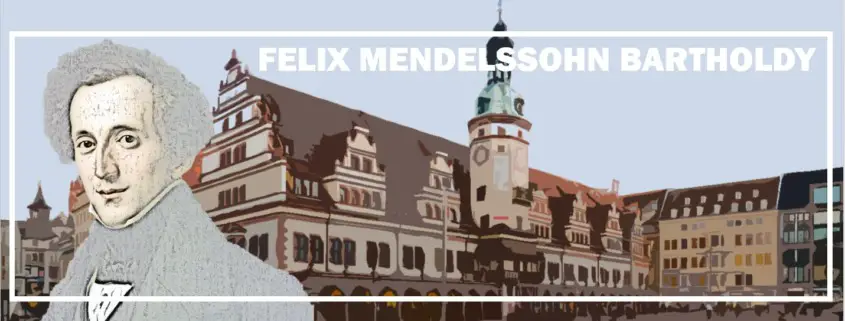

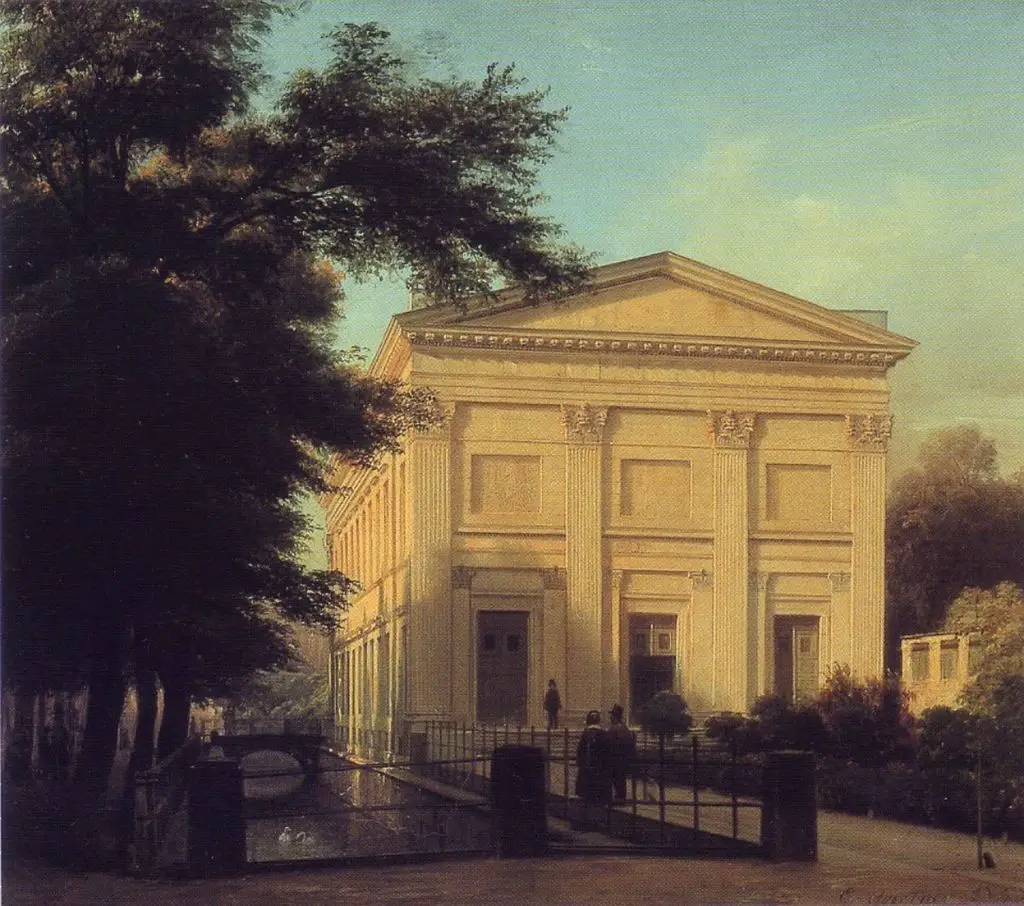


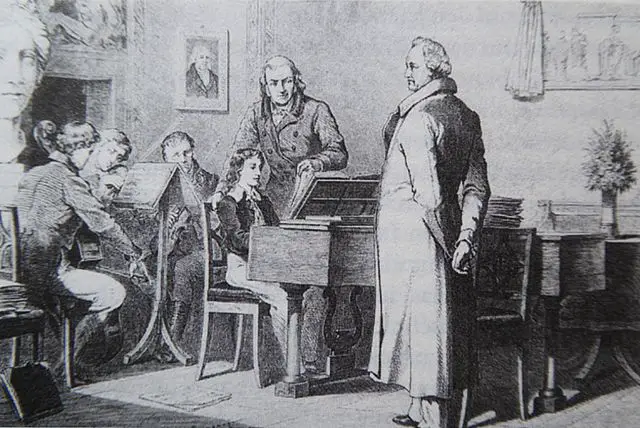
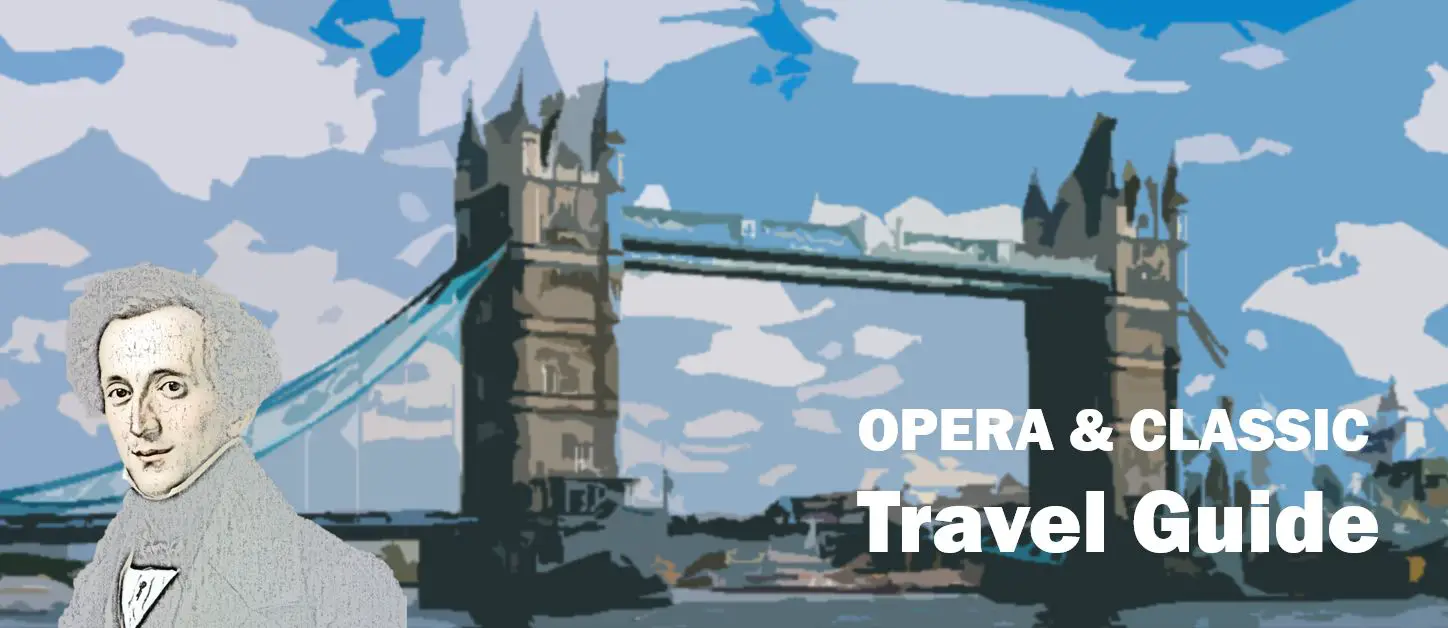
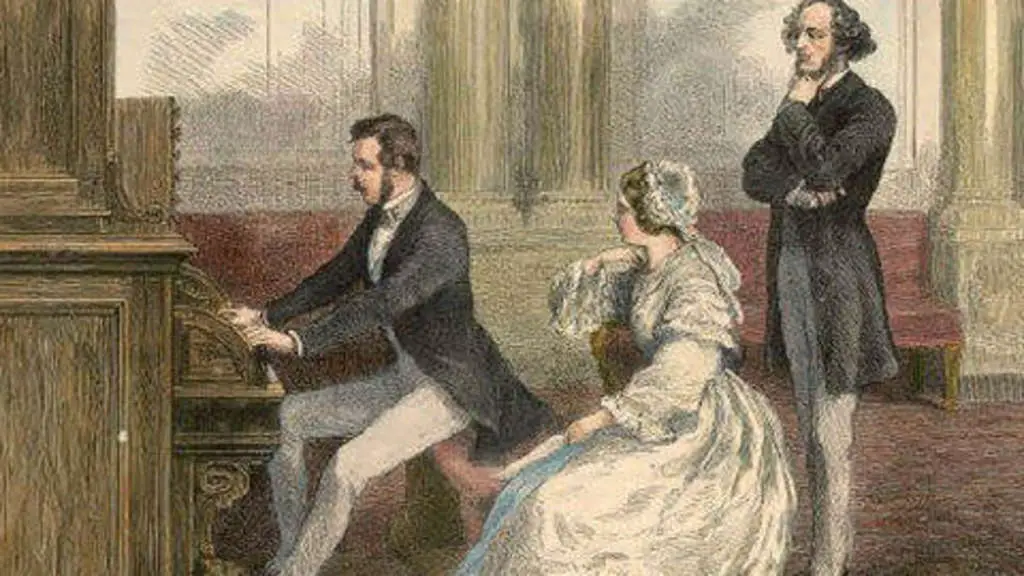
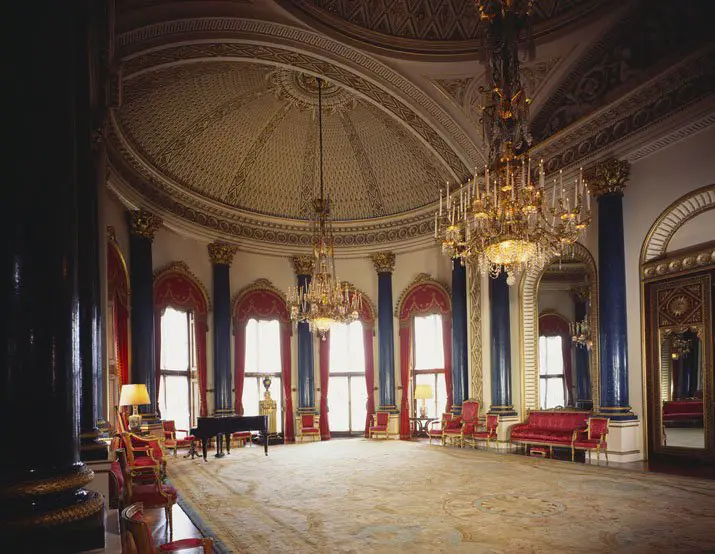
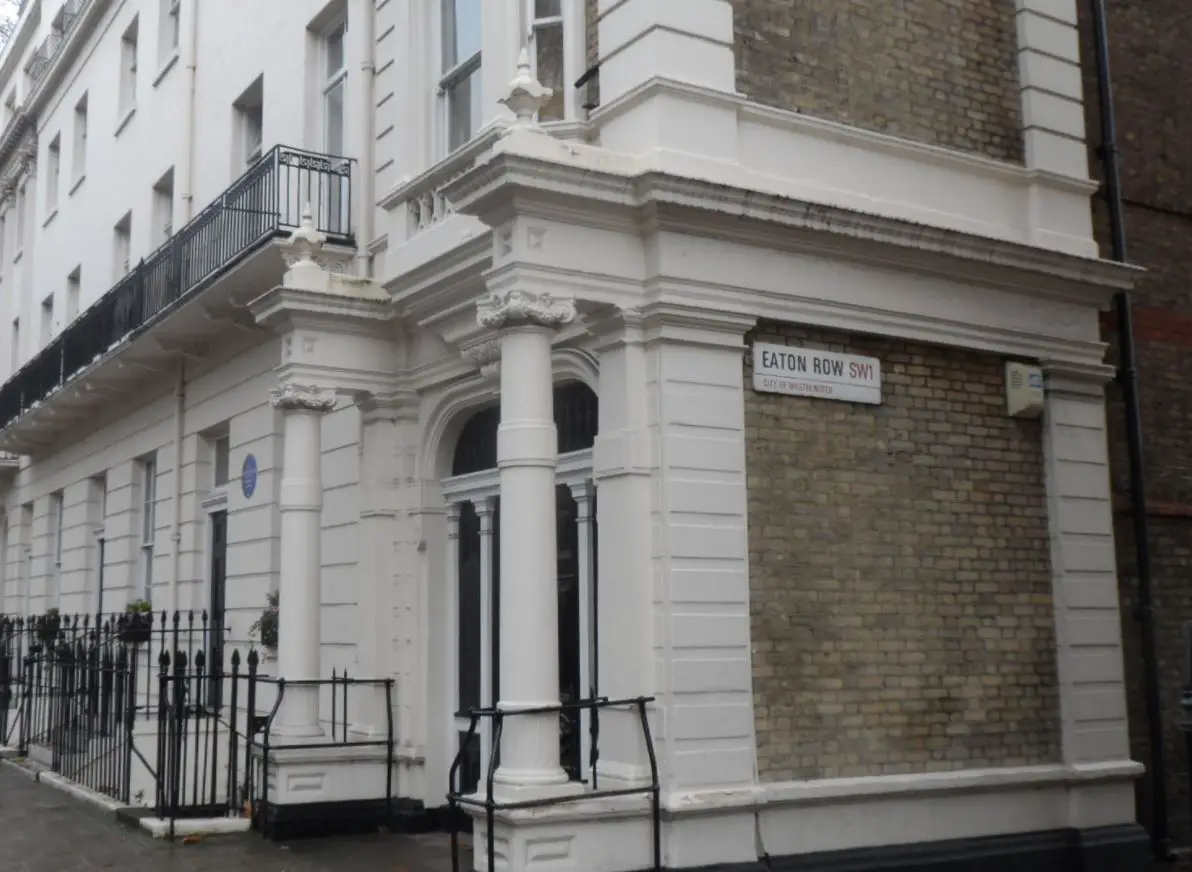
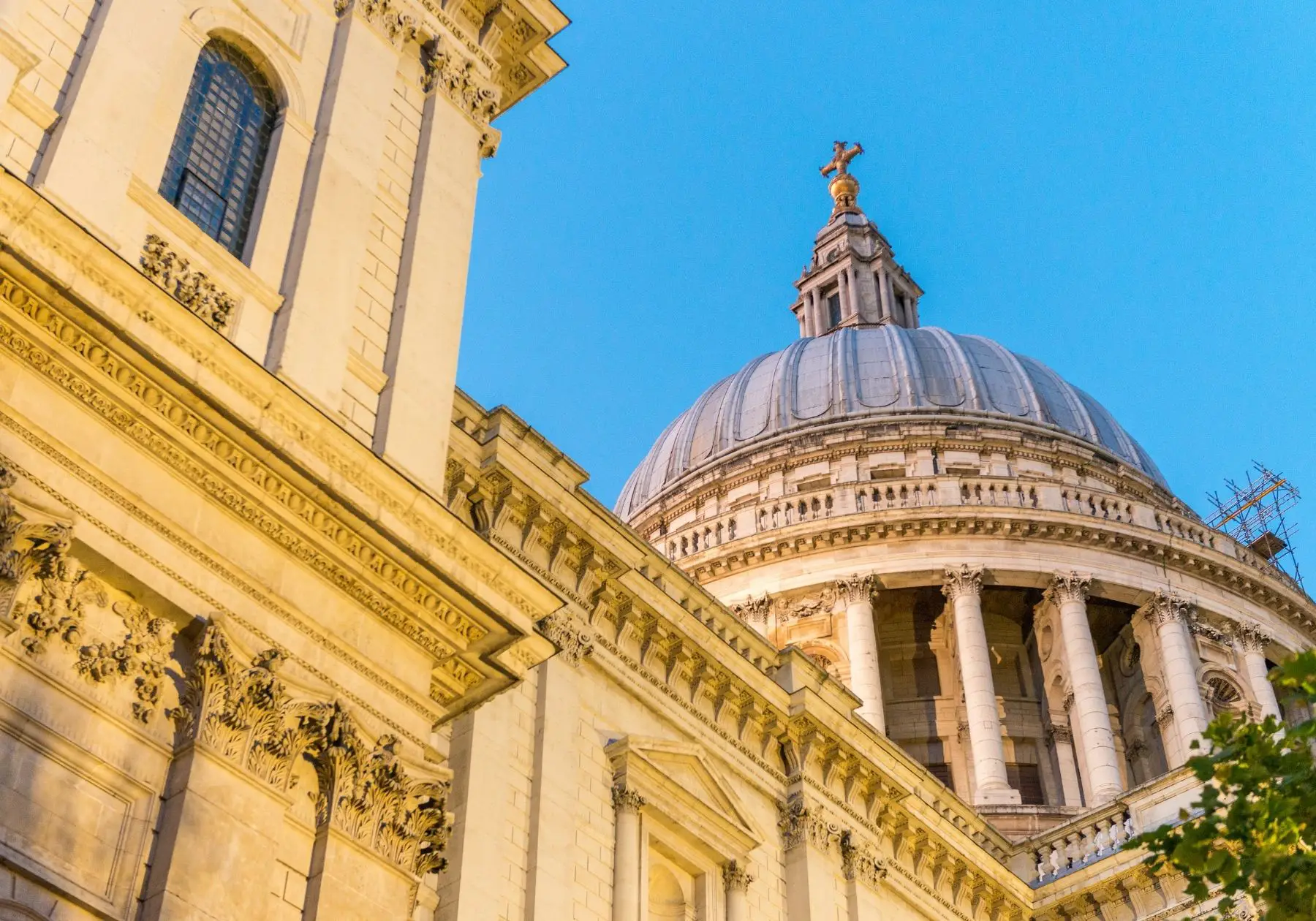

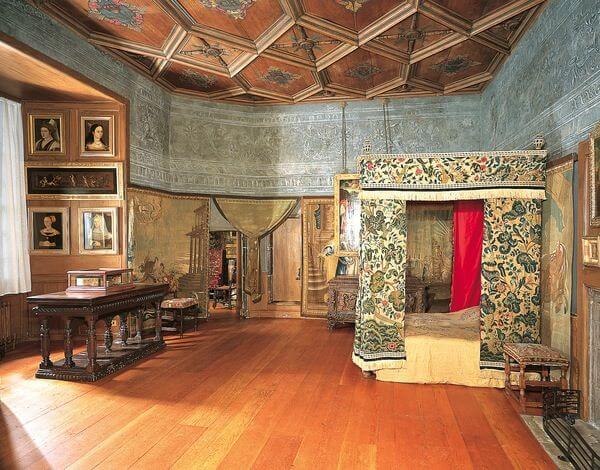
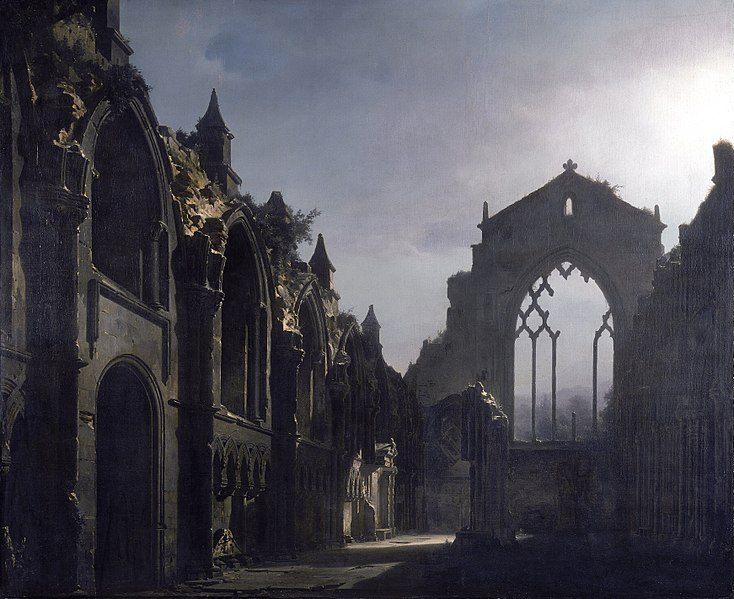

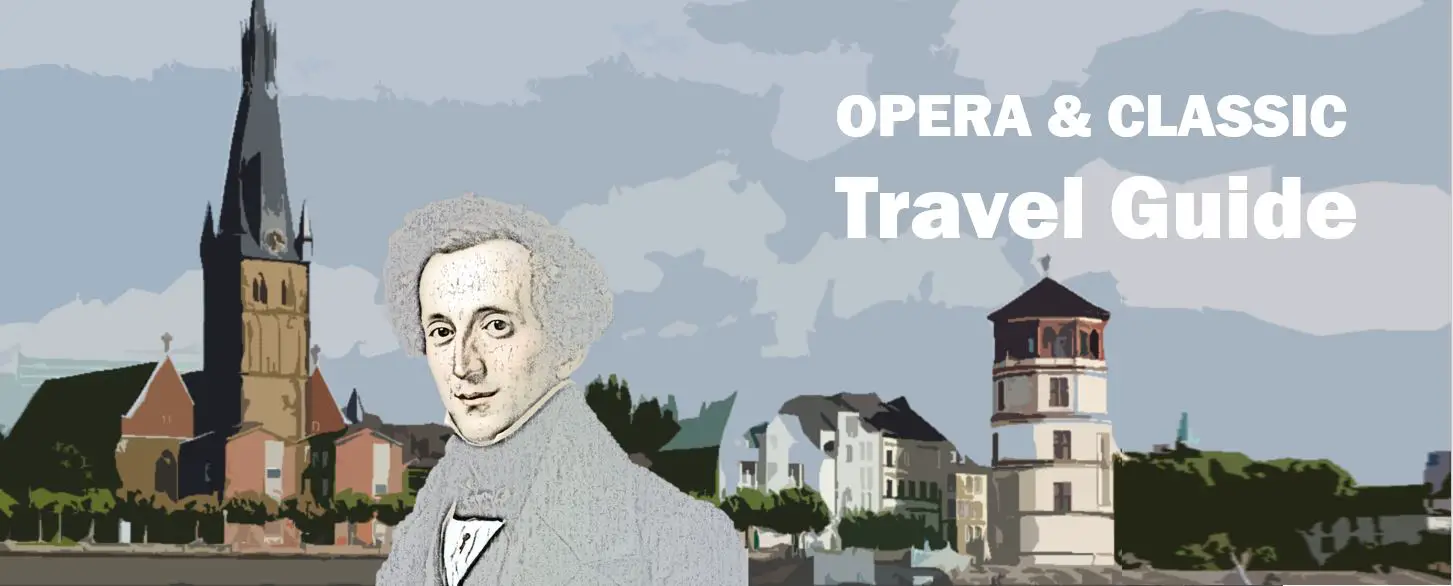
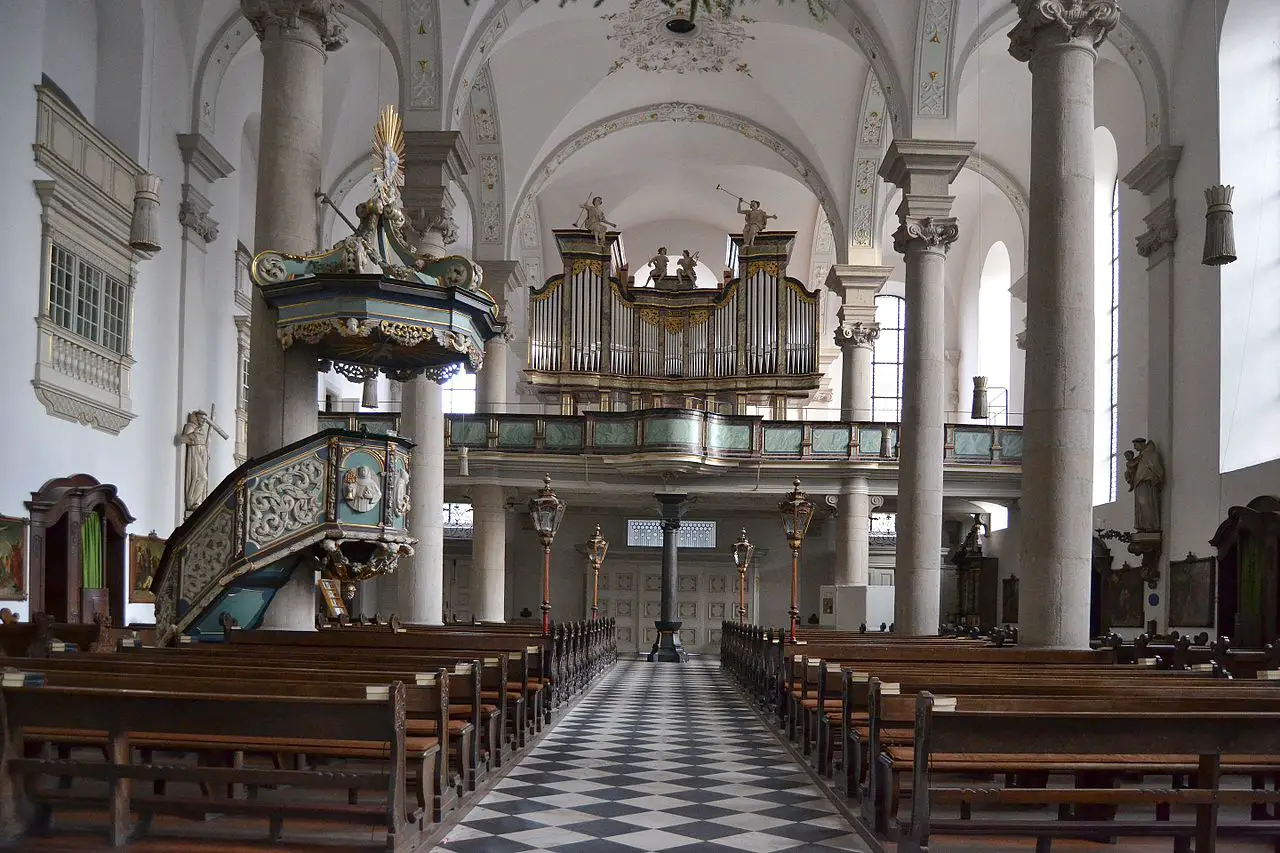
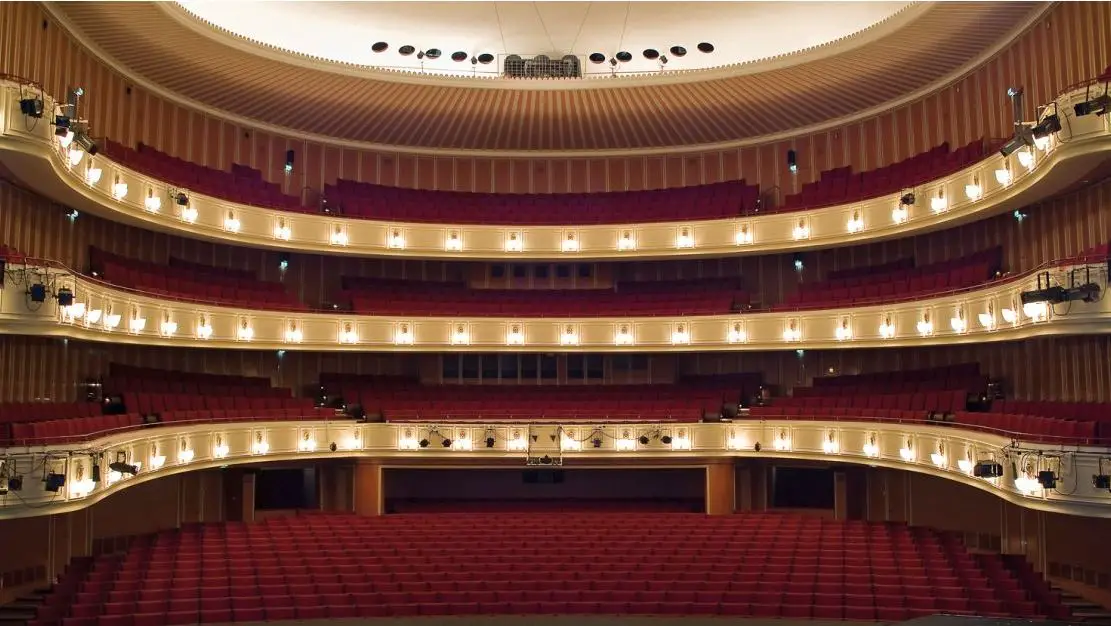
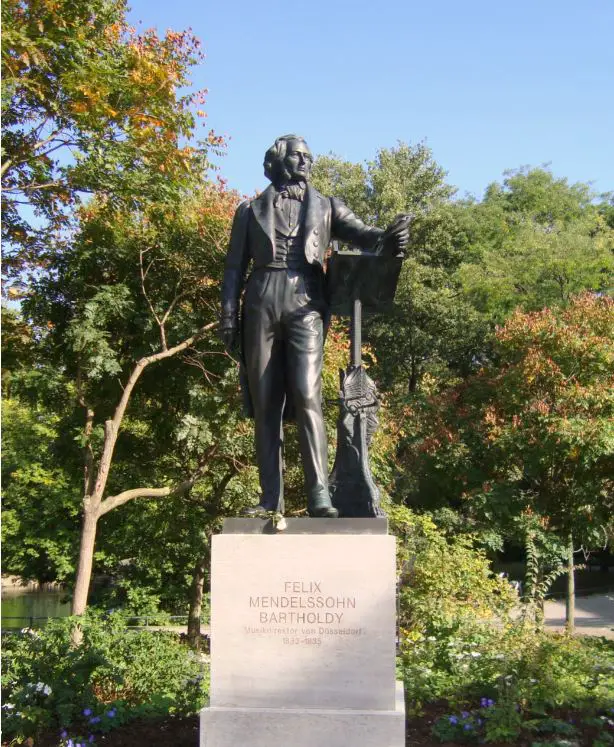
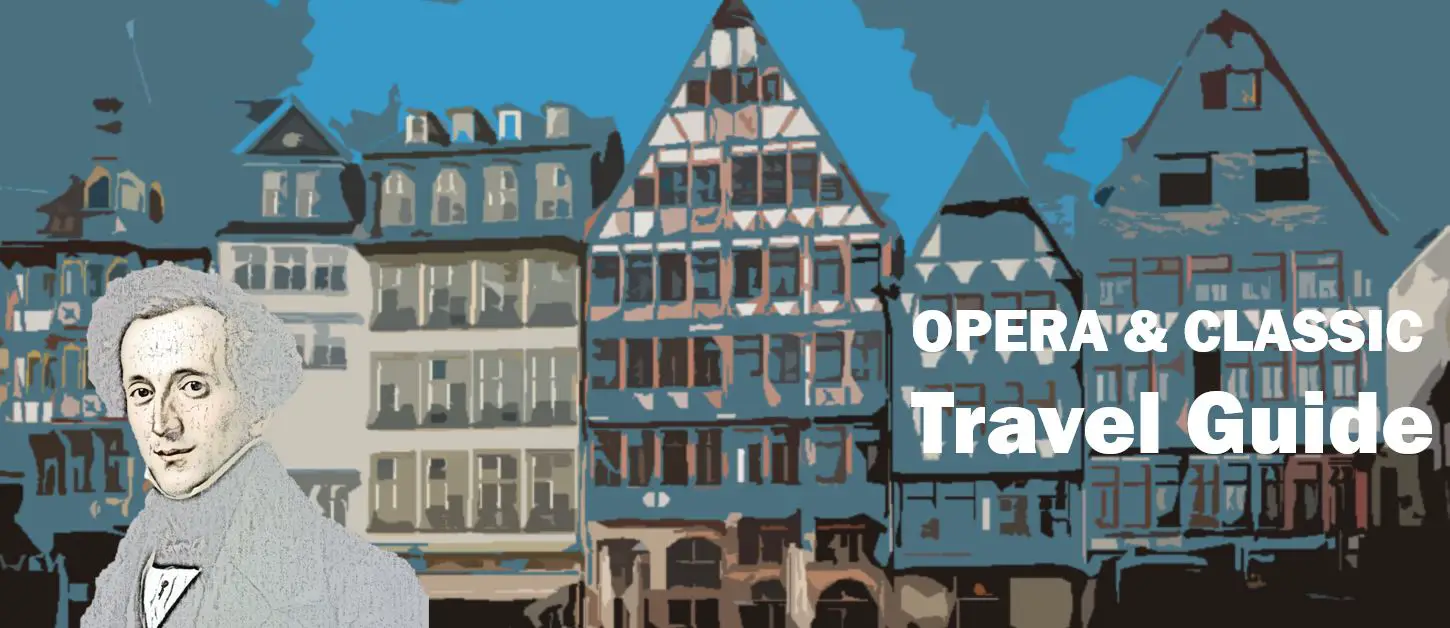
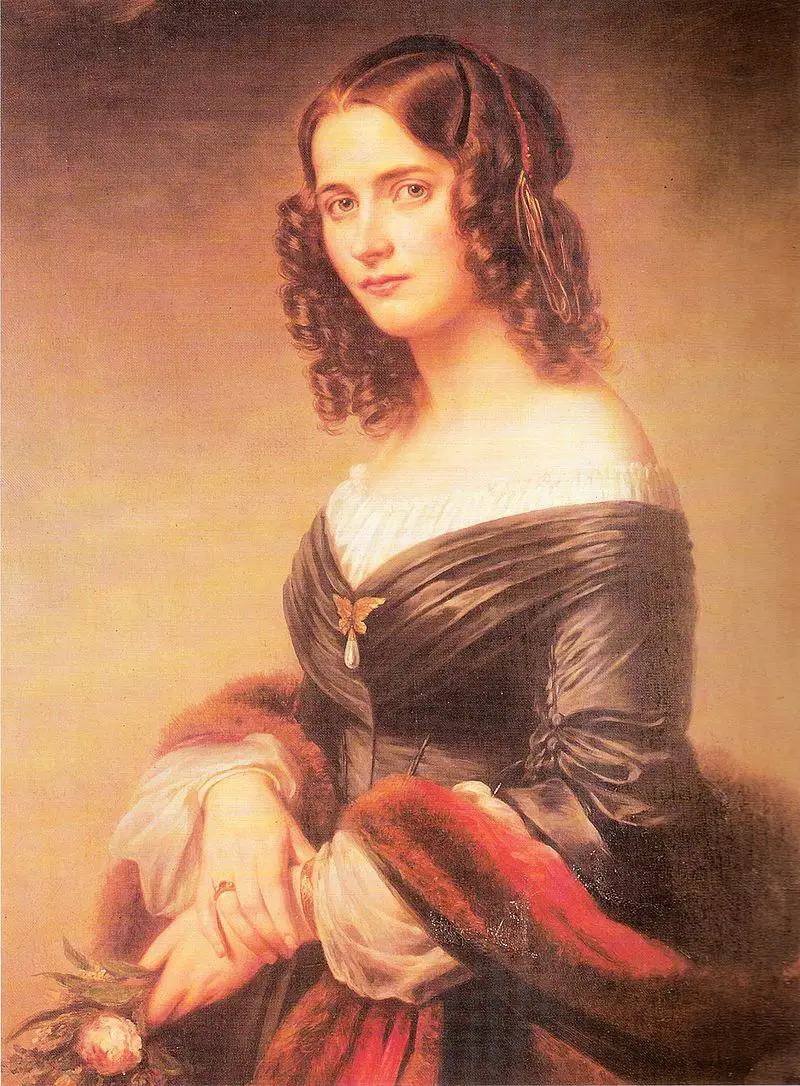
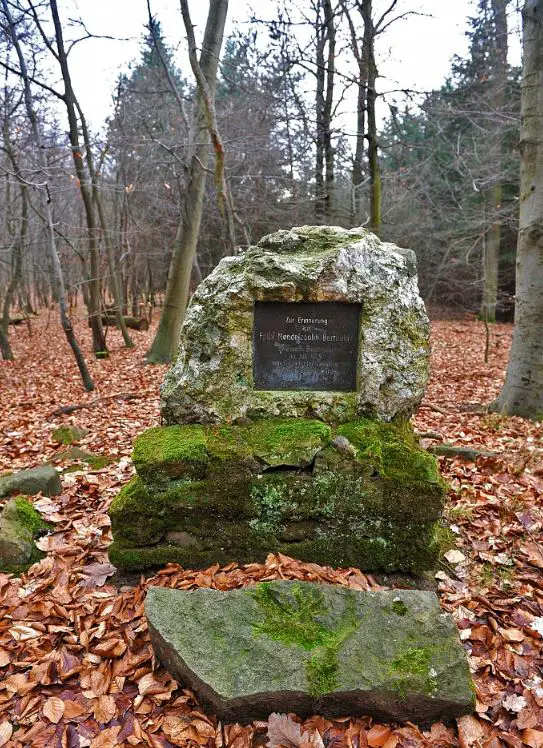
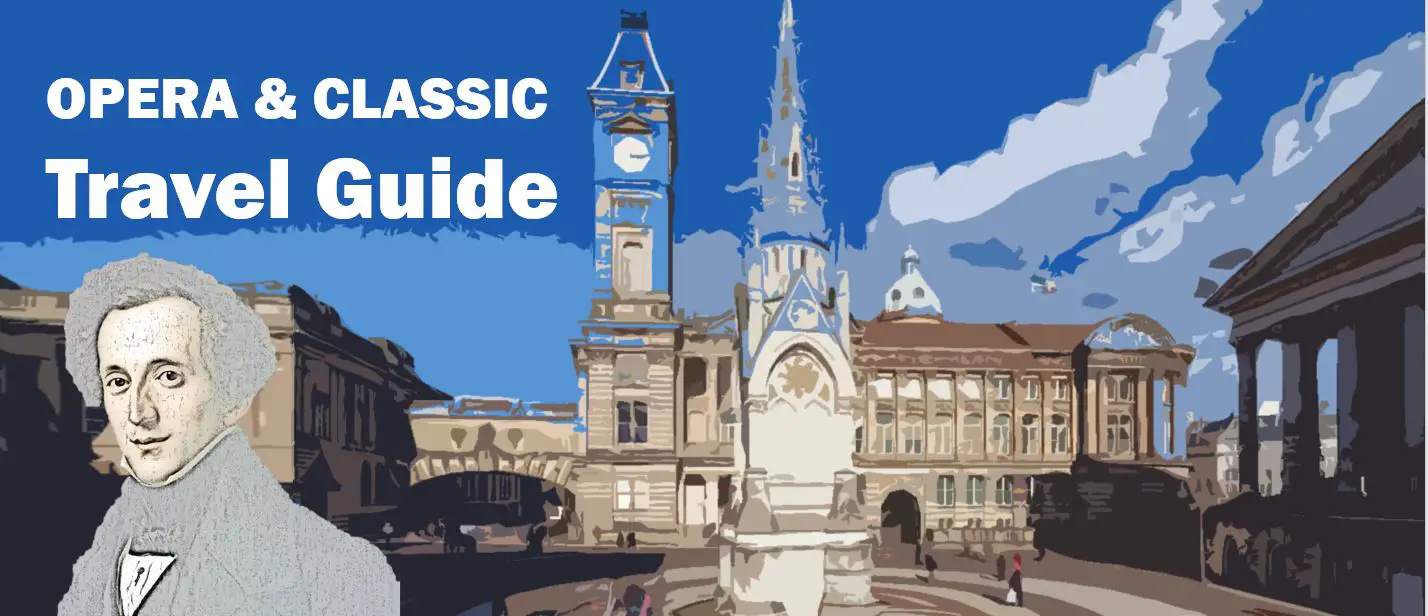
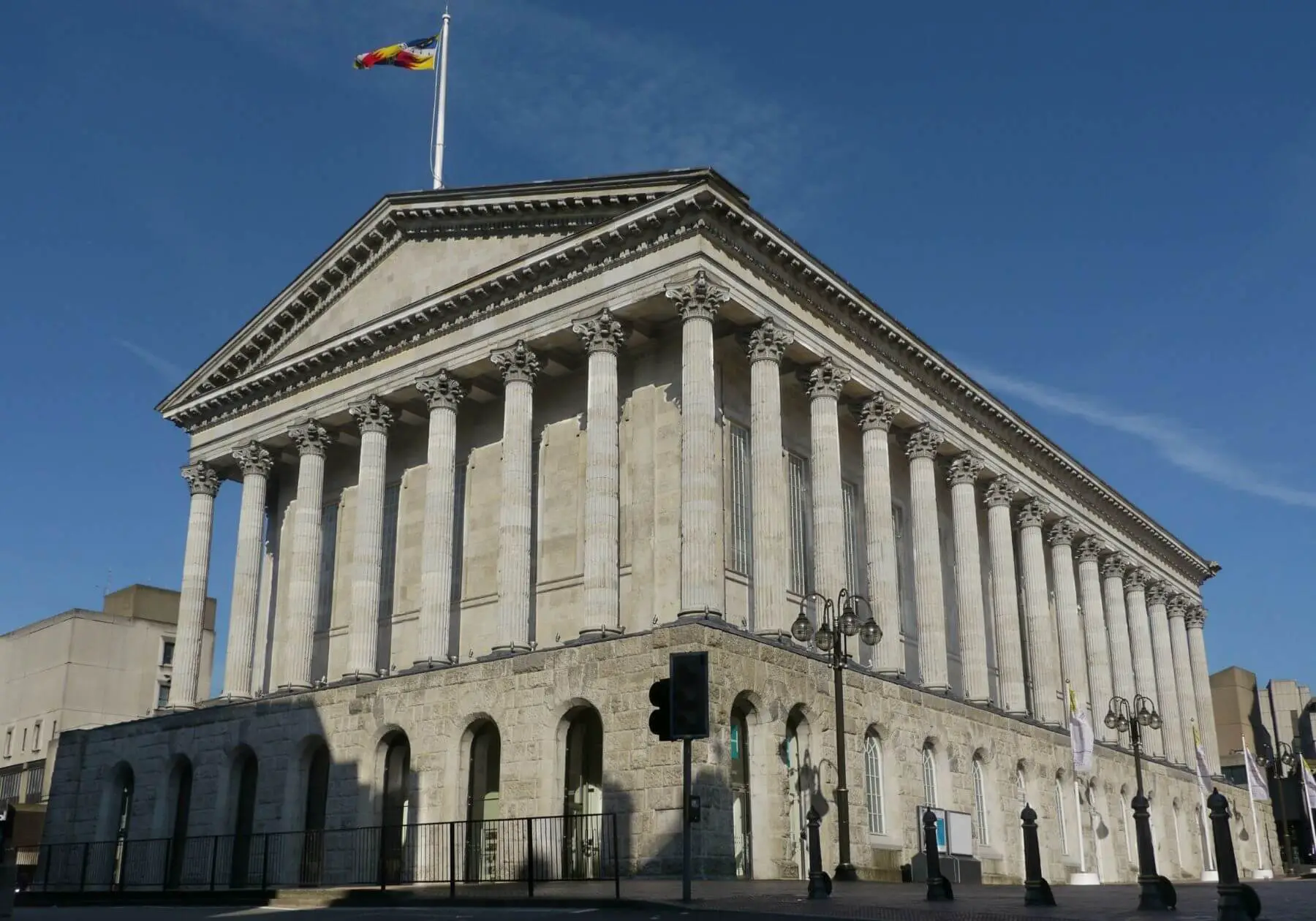
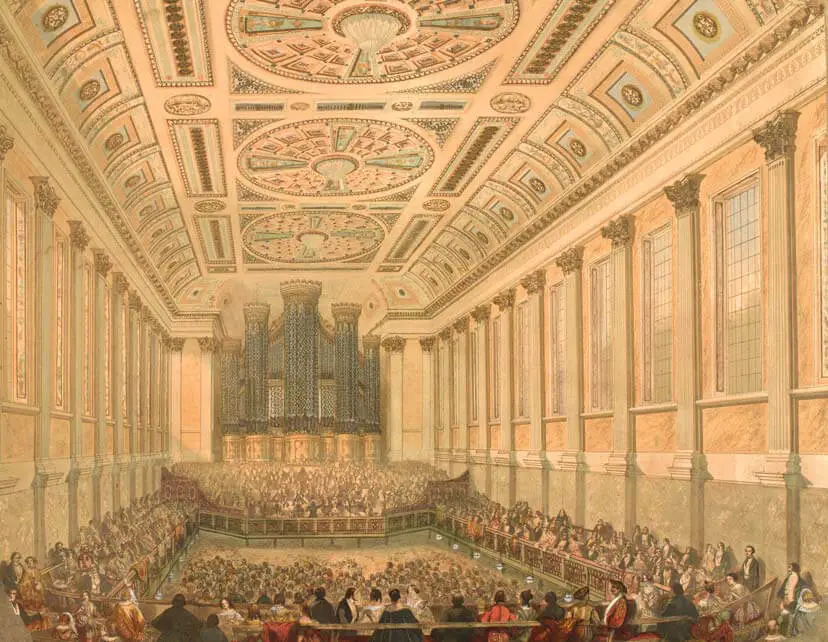
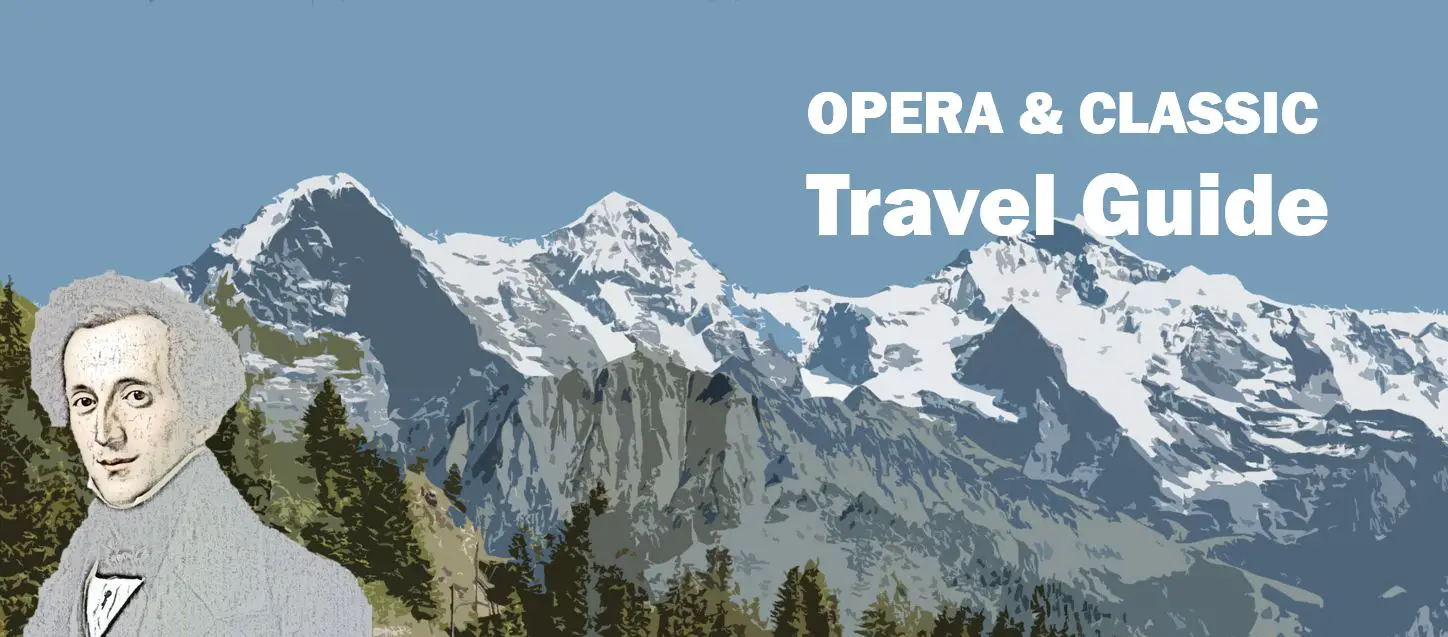

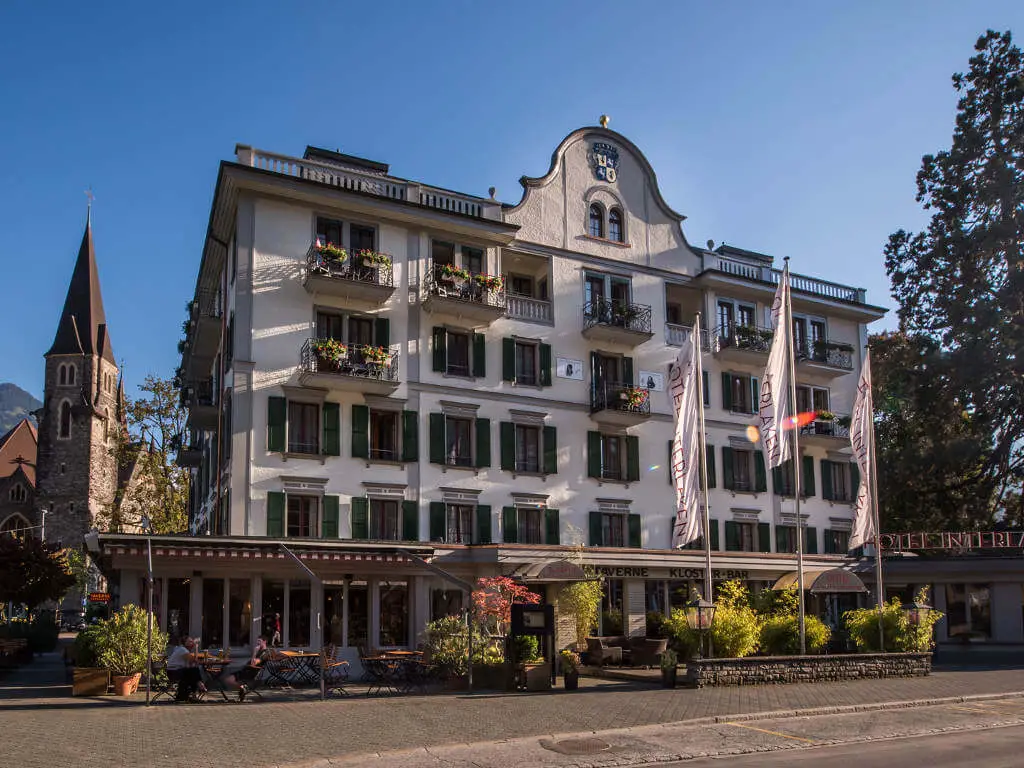


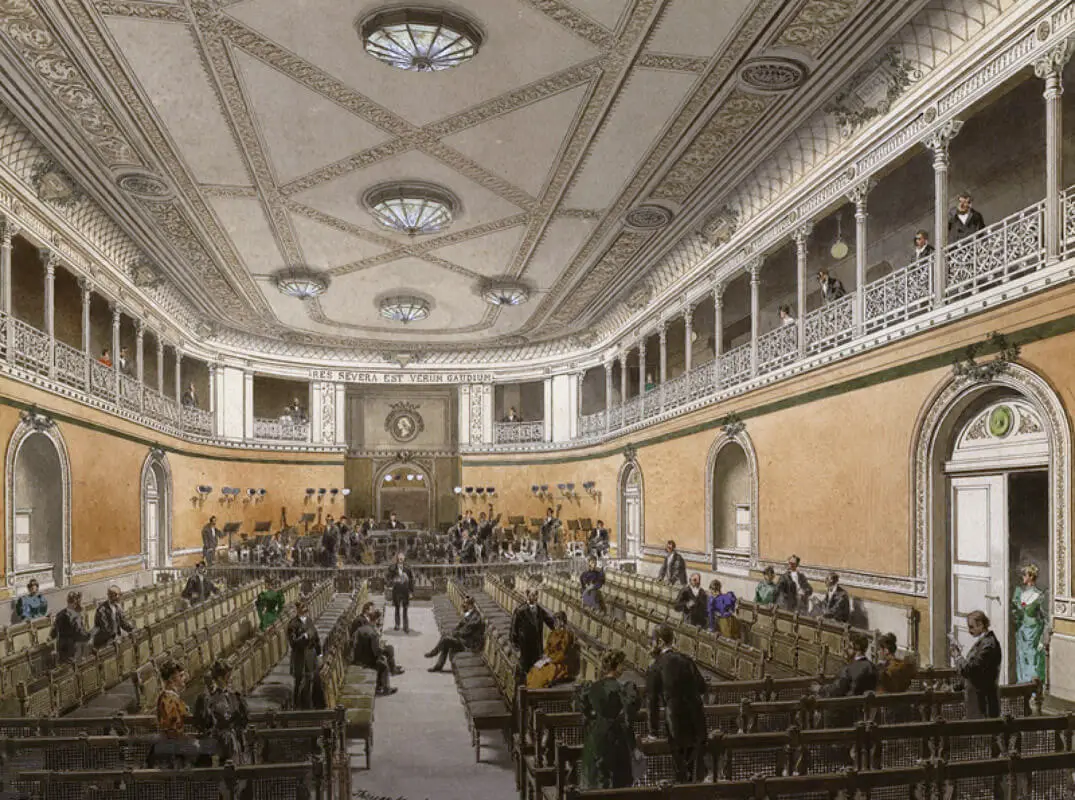
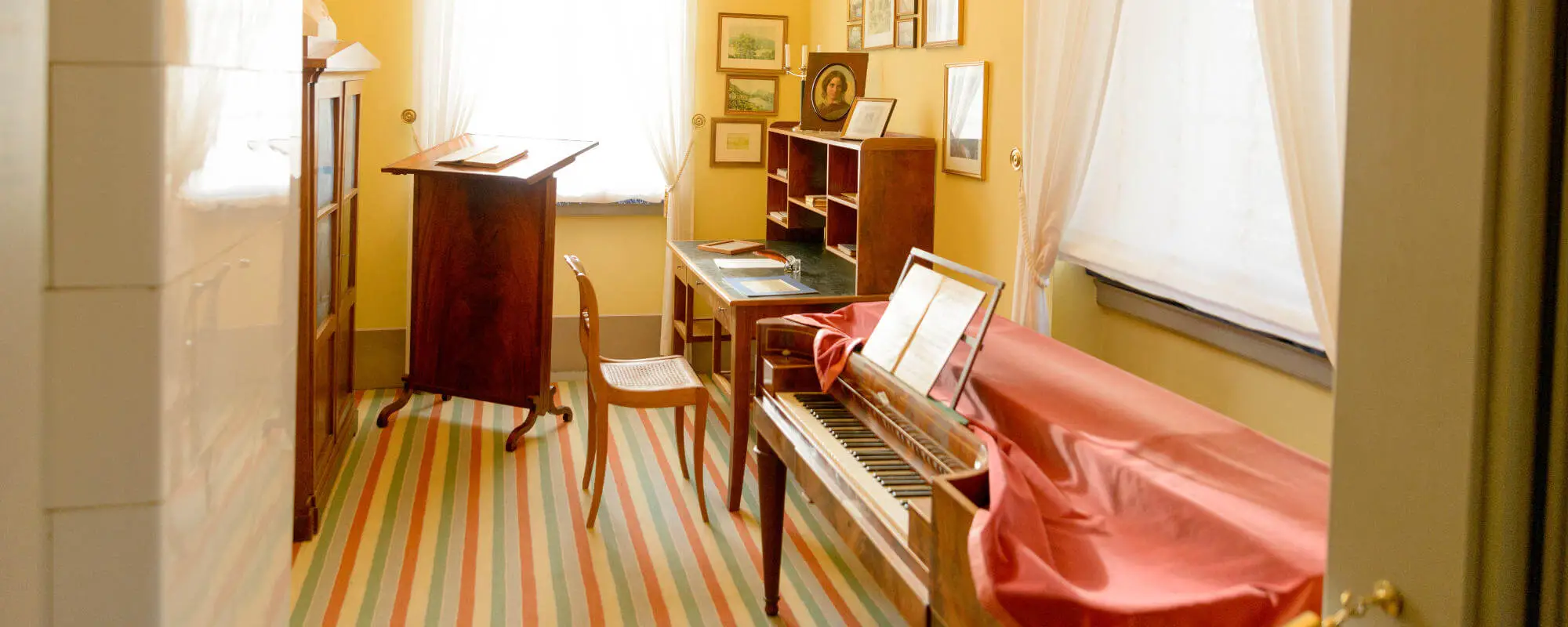
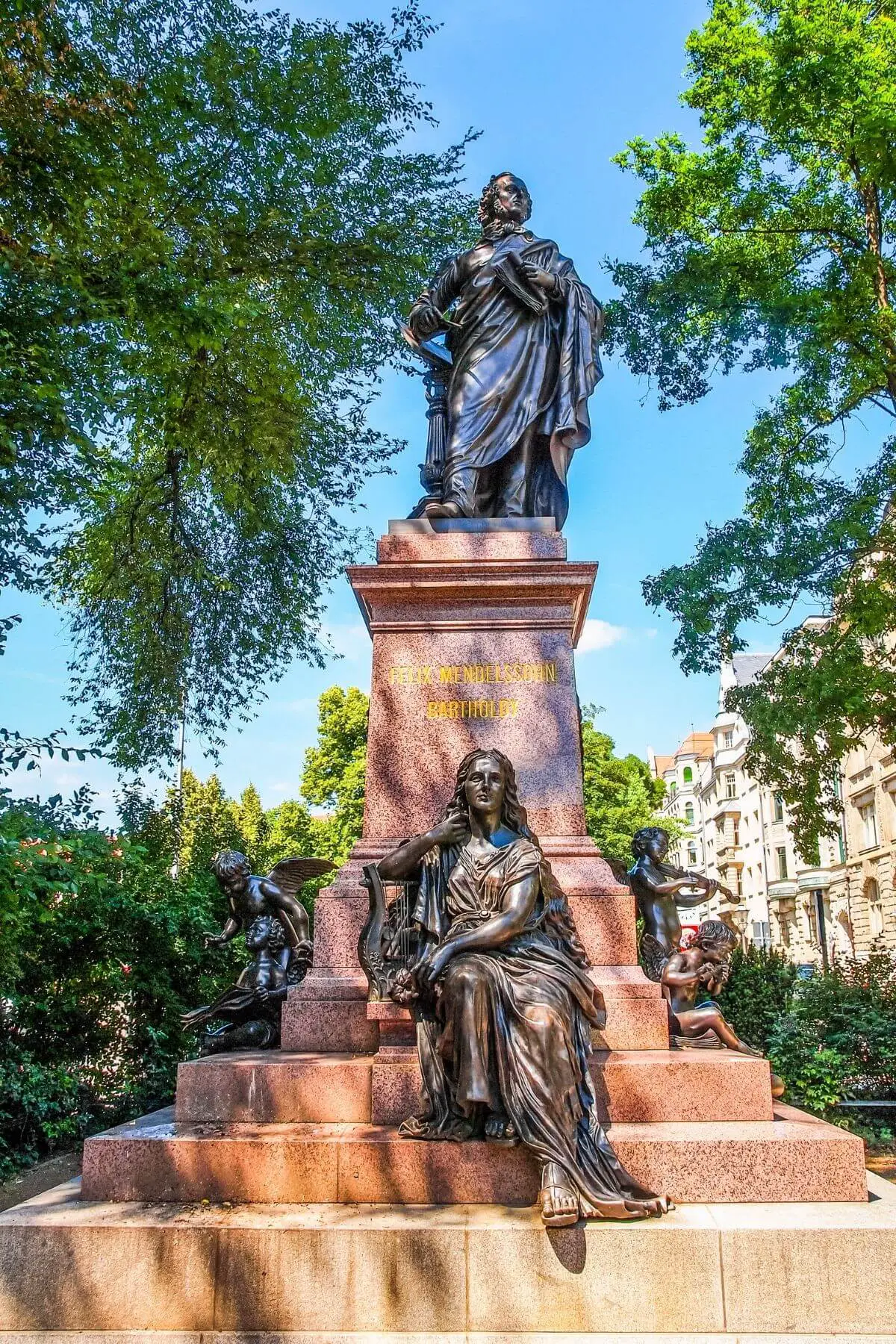


Mendelssohn also visited North Wales and it is said composed “Rivulet” there whilst staying at Coed Du , where he enjoyed the company of the three Taylor girls